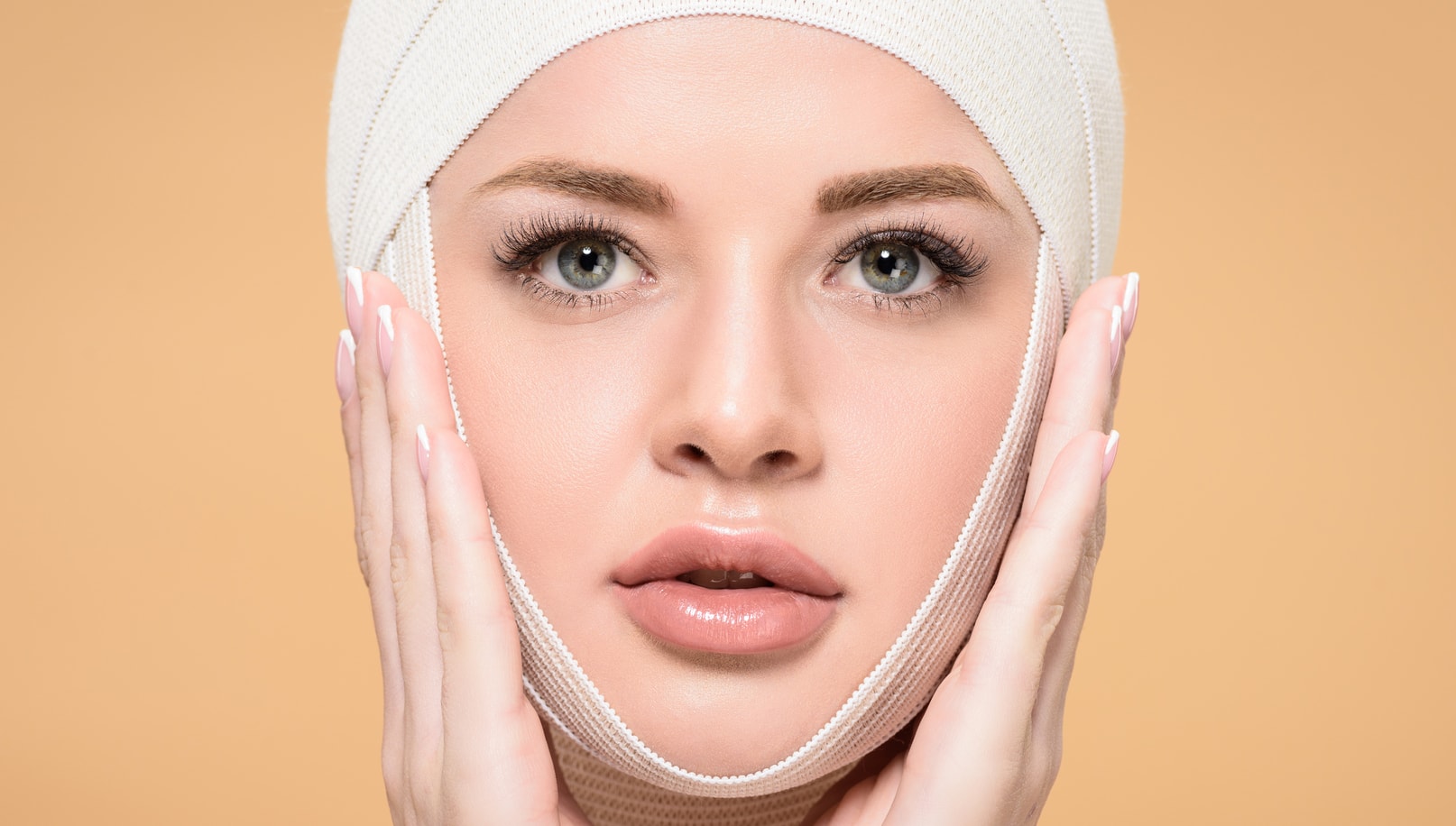
Stem cell facelift is a non-surgical facial rejuvenation procedure which involves using fat enriched with stem cells to improve the look and texture of the face without the need for facial incisions. A stem cell facelift is a step beyond dermal fillers and fat grafts which were used prior to stem cell enriched fat. The transferred fat plumps up the skin in order to smooth out any wrinkles or lines. Plus, the stem cells have the ability to transform into other cell types to replace worn or damaged cells. Stem cells are also able to stimulate the formation of new blood vessels and promote better blood flow to help survive their new placement as well as improve the volume and texture of facial skin.
A GOOD CANDIDATE for a stem cell facelift includes:
The following patients are NOT GOOD CANDIDATES for a stem cell facelift:
A stem cell facelift is usually performed in an office under local anesthesia with sedation. However, it may be performed in a surgical facility under general anesthesia. The subcutaneous fat will be suctioned from the abdomen, thighs or flanks via a small needle puncture. Most surgeons recommend taking the fat from the lower abdomen or inner thighs since these areas carry a higher concentration of stem cells. The concentrated stem cells are obtained by breaking down and purifying the tissue. For every 100cc of fat, 5cc of pure stem cells can be extracted. The high concentration of stem cells can then be added back to the fat.
Next, the doctor will draw blood from the patient and process it to create platelet rich plasma (PRP) that is rich in growth hormones. These growth hormones are embedded in micro-hyaluronic acid beads which allow the growth factors to be released over three months to continuously stimulate the transplanted fat and stem cells. PRP is also added to the stem cell enriched fat which will be reinjected into the treatment area. The fat graft ends up having a concentration of stem cells that is higher than normal. The PRP helps maximize the effectiveness of the procedure. The mixture of fat, stem cells and hormones is injected using a layered technique consisting of the bone level, muscles, tissue of the face and just below the surface of the skin. This technique allows the stem cells to develop into the appropriate cell type and regenerate the aging components within the treatment area.
The final step in the stem cell facelift procedure is to stimulate the underlying stem cells by removing fine lines and skin damage via chemical resurfacing.
Some patients may wish to have facial sculpting to remove fat from other regions of the face in order to provide a better contour.
A doctor may recommend a combination of stem cell facelift with neck rejuvenation for the most optimal outcome.
A traditional facelift involves making incisions along the hairline or other regions of the face. Therefore, this type of procedure has more risks, recovery and downtime. Nevertheless, it is a one-time procedure with long-lasting results.
Dermal fillers can be used as an alternative treatment for volume loss and the natural signs of aging. Fillers are non-invasive and can provide immediate results with limited side effects and no downtime. However, dermal fillers are temporary and require regular treatments to maintain the results.
The cost of a stem cell facelift can range from $3500 to $15,000. The cost can be increased depending on the type of anesthesia used, the amount of fat to be transferred and the geographic location of the doctor.
During the first 24 to 48 hours of RECOVERY after a stem cell facelift, the patient can expect some swelling and redness. A topical DNA cream may be recommended for use, twice a day, for the first 6 to 12 months. The cream will enhance the quality of the skin tone while decreasing fine lines and wrinkles. Approximately 4 to 6 days after the procedure, the skin will begin to peel. The new skin will look pinkish in color but the patient will be able to see improvements in texture and skin quality after a week.
While most of the swelling will subside over the first week or so, some mild swelling may persist for a few weeks. The majority of patients require DOWNTIME from work and social activities for at least 7 days. After this, patients can apply light makeup and resume normal activities.
The patient may be able to see improvements in volume after most of the swelling has subsided. However, the effects of the stem cell facelift may not become apparent until several months after the treatment. Furthermore, improvements will continue for up to a year. Patients are advised to get a growth factor injection, within the treatment area, approximately 5 months after a stem cell facelift. This growth factor injection helps sustain stimulation of the transplanted stem cells and should not cause any side effects.
The limitations involved with a stem cell facelift include:
The risks involved with a stem cell facelift include:
A stem cell facelift can provide long-lasting results for facial rejuvenation without the need for incisions. While a stem cell facelift cannot provide the dramatic change that a traditional facelift does, there is less risk and recovery involved with this type of procedure. A stem cell facelift requires a delicate transition of the stem cells from one area of the body to the facial region as well as a specific layered technique in order for the fat graft to survive. It is important to consult with a board-certified surgeon who is skilled and performs stem cell facelifts regularly.
Written by Cosmetic Town Editorial Team- MA
Based on an exclusive interview with Renato Calabria, MD in Beverly Hills, CA